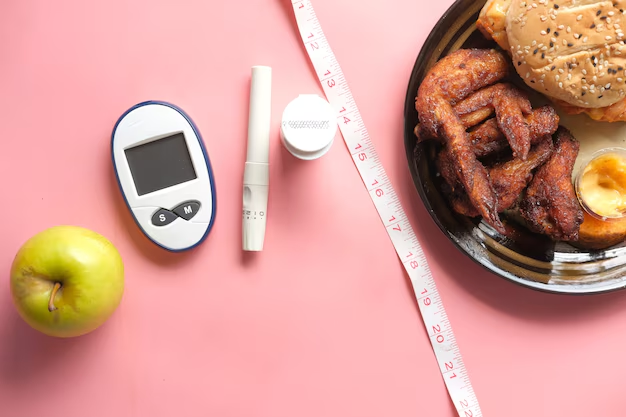Understanding Diabetic Ketoacidosis: A Critical Health Emergency
Diabetic Ketoacidosis, often abbreviated as DKA, is a life-threatening complication of diabetes that requires immediate medical attention. It primarily affects individuals with Type 1 diabetes but can also occur in those with Type 2 diabetes under certain conditions. Let's explore what DKA is, why it happens, and how it can be prevented.
What is Diabetic Ketoacidosis?
At its core, Diabetic Ketoacidosis occurs when the body starts breaking down fats for fuel too quickly, producing ketones as a byproduct. When these ketones accumulate, they make the blood dangerously acidic. This situation arises when there isn't enough insulin in the body to help glucose enter the cells, leading to rising blood sugar levels.
Symptoms of DKA can develop swiftly and include:
- Severe thirst
- Frequent urination
- Nausea and vomiting
- Abdominal pain
- Weakness or fatigue
- Shortness of breath
- Fruity-scented breath
If not treated promptly, DKA can lead to serious health issues like cerebral edema, kidney failure, or even coma and death.
Causes and Risk Factors
Several factors can contribute to the development of DKA, such as:
- Missed insulin doses: Inconsistent management of blood sugar can lead to DKA.
- Infection or illness: These can increase insulin requirements, leading to a shortage.
- Physical or emotional trauma: Stress impacts how the body uses insulin.
- Undiagnosed diabetes: Sometimes, DKA is how diabetes is first diagnosed.
Prevention and Management
Prevention is key in avoiding the severe consequences of diabetic ketoacidosis. Here are some preventative measures:
Regular Monitoring: Frequent blood sugar checks and ketone monitoring, especially during illness, can alert individuals to rising levels before they become critical.
Adherence to Insulin Therapy: Consistent use of prescribed insulin is crucial. Discuss any concerns about the regimen with your healthcare provider to ensure optimal management.
Education: Understanding how different factors affect blood sugar levels can empower those with diabetes to make informed decisions about their health.
Expanding Beyond Health: Financial and Educational Support
Managing diabetes and preventing complications like DKA involve not only healthcare but also financial and educational planning. Many individuals face challenges due to medical expenses, and exploring financial assistance options can be beneficial.
Financial Assistance Opportunities
Individuals managing conditions like diabetes might benefit from accessing financial and educational resources that can ease their burden. Here’s a quick guide:
- 🏥 Government Aid Programs: Look into Medicaid or Medicare for those qualifying due to income or age-related criteria.
- 💳 Medical Debt Relief Options: Consider credit counseling services to manage outstanding medical debts.
- 🎓 Educational Grants: Diabetes management often requires ongoing education; see if there are grants available to support health literacy.
- 🏠 Low-Income Housing Assistance: For those financially strained by medical expenses, housing assistance programs might be an option.
Being proactive and knowledgeable not only about health but about financial resources can significantly impact one's quality of life and prevent dire health emergencies like Diabetic Ketoacidosis. Embrace the available tools and resources for a healthier, more balanced life.
